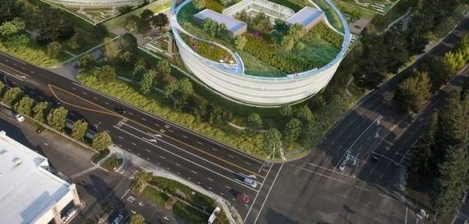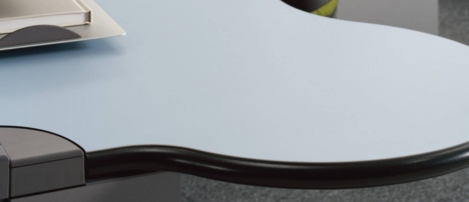October 7, 2015
Technology and Trends 15 events offer vision of the future of work 0
 A series of executive briefings taking place next week in Central London offers you the chance to learn about the next generation of technologies and their impact on the workplace, working practices and office design. Insight readers can enjoy a 15 percent discount by using this link. Tickets are going fast with some sessions already sold out, so we’d encourage you to book as soon as possible. Technology & Trends 2015 offers an expert analysis on new technologies such as the Internet of Things, Bluetooth Low Energy, iBeacons, smart buildings, wayfinding apps and collaboration tools such as Skype for Business and Surface Hub. Aimed at facilities managers, corporate real estate managers, architects and designers, IT managers and HR professionals, the event takes place at Herman Miller’s National Design Centre. Full details of the event can be found here.
A series of executive briefings taking place next week in Central London offers you the chance to learn about the next generation of technologies and their impact on the workplace, working practices and office design. Insight readers can enjoy a 15 percent discount by using this link. Tickets are going fast with some sessions already sold out, so we’d encourage you to book as soon as possible. Technology & Trends 2015 offers an expert analysis on new technologies such as the Internet of Things, Bluetooth Low Energy, iBeacons, smart buildings, wayfinding apps and collaboration tools such as Skype for Business and Surface Hub. Aimed at facilities managers, corporate real estate managers, architects and designers, IT managers and HR professionals, the event takes place at Herman Miller’s National Design Centre. Full details of the event can be found here.









 According to a report published in the
According to a report published in the 
 The commercial property markets in the world’s major cities are evolving against a backdrop of ongoing economic and political uncertainty, according to
The commercial property markets in the world’s major cities are evolving against a backdrop of ongoing economic and political uncertainty, according to 
 Companies are rethinking the tools they use to keep employees engaged and loyal – especially at a time when flexibility and choice are increasingly important to an workforce that craves mobility and choice. A newly released survey from
Companies are rethinking the tools they use to keep employees engaged and loyal – especially at a time when flexibility and choice are increasingly important to an workforce that craves mobility and choice. A newly released survey from 


 I was involved in a meeting with an office fit-out company this week which involved a discussion of how their clients can develop misconceptions about the extent to which their contemporaries are introducing new office design and management models based on agile working, shared space, mobile technology and all that other good stuff. This presents a particular challenge for firms in the sector because their day to day experiences of what clients talk about and ask from them can be pretty removed from the things talked about in the media. If you were to judge the state of the office solely on the basis of what you read and hear and see at shows, it would be easy to conclude that the office is indeed dying and dragging down with it the markets for office furniture, commercial property and traditional technology. The problem is that the facts don’t support that notion at all.
I was involved in a meeting with an office fit-out company this week which involved a discussion of how their clients can develop misconceptions about the extent to which their contemporaries are introducing new office design and management models based on agile working, shared space, mobile technology and all that other good stuff. This presents a particular challenge for firms in the sector because their day to day experiences of what clients talk about and ask from them can be pretty removed from the things talked about in the media. If you were to judge the state of the office solely on the basis of what you read and hear and see at shows, it would be easy to conclude that the office is indeed dying and dragging down with it the markets for office furniture, commercial property and traditional technology. The problem is that the facts don’t support that notion at all.


 According to an analysis of the just-released 2014 American Community Survey (ACS) conducted by
According to an analysis of the just-released 2014 American Community Survey (ACS) conducted by 










October 7, 2015
Why Jeremy Hunt is wrong about the need to work long hours 0
by Mark Eltringham • Comment, Flexible working, Wellbeing, Workplace
(more…)